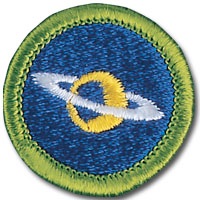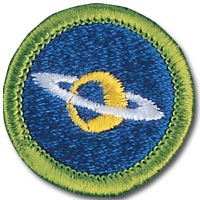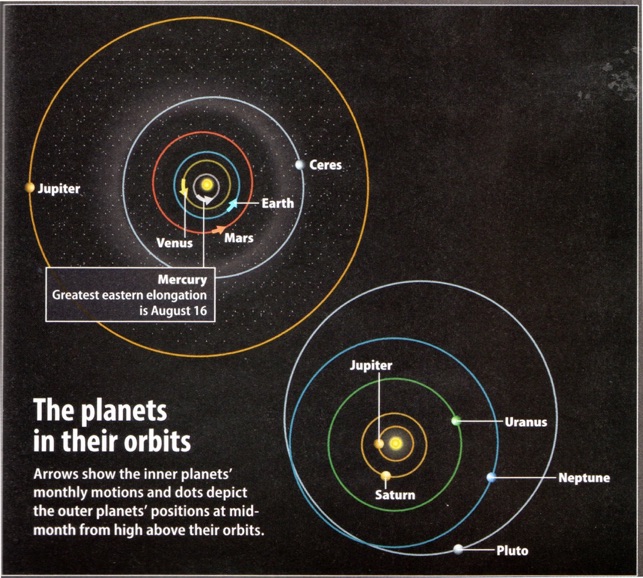Planetary Motion






Astronomy Merit Badge Supplementals
(created Fri. Sep. 23, 2016)
This is an extension of
the Astronomy Merit Badge page.
The purpose of this page is to share an example of planetary conjunction - Saturn, Mars with Antares in the summer of 2016.
A conjunction is when two or more celestial objects align.
In July - September, 2016, Mars quickly moves from the right of Saturn and Antares to the left.
It was impressive to see, over the course of several weeks; if only the weather had allowed more clear nights.
Conjunction
Definition 3
a : the apparent meeting or passing of two or more celestial bodies in the same degree of the zodiac
b : a configuration in which two celestial bodies have their least apparent separation
source: http://www.merriam-webster.com/dictionary/conjunction
I enjoy viewing and photographing the sky, during the day and especially at night.
For some examples, please see:
The moon, just above the tip of the left tree,
and Jupiter, just above the tree at the center of the lake, second treetop in from the lower right.
June 8, 2016 8:48pm
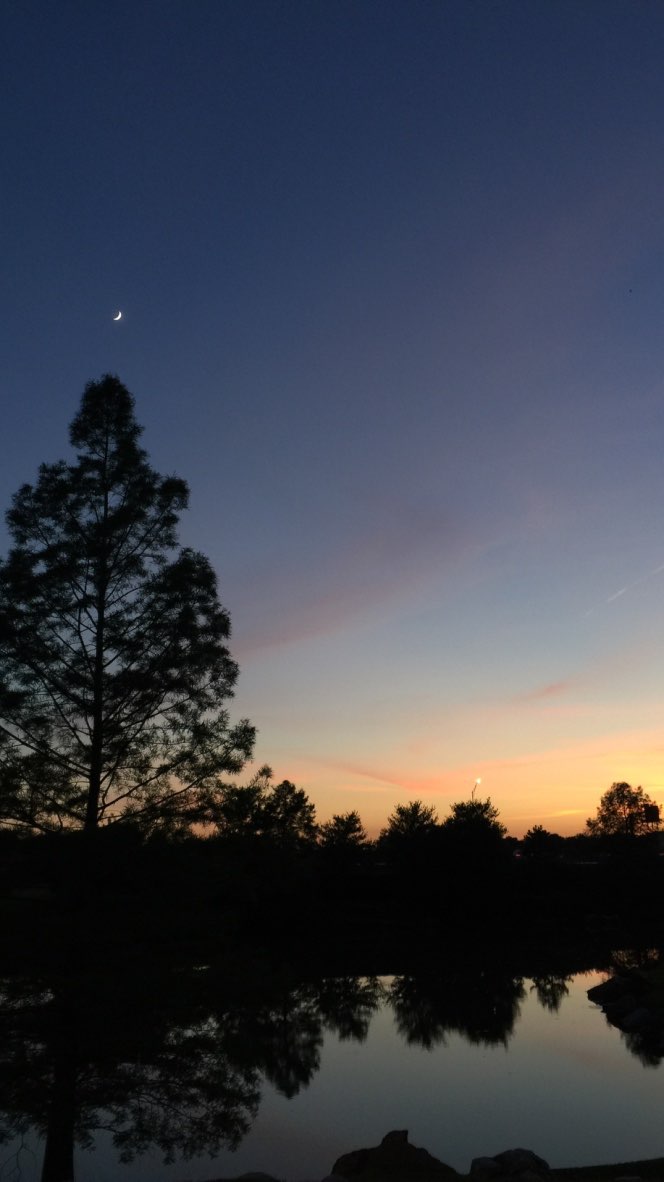
Earlier in the summer, Jupiter was more prominent right after sunset.
June 9, 2016


image source: print screen while in Distant Suns iPhone app
Once the sky darkened a bit, Saturn, Mars and Antares would rise* and be visible.
June 9, 2016


image source: print screen while in Distant Suns iPhone app
* And yes, you’re correct if your note that neither stars nor planets nor the sun nor the moon themselves rise, and neither do any of them set, but instead we and the earth rotate on our axis and change our viewing position of them.
And with that knowledge, it is still altogether right and true to still say... “it rose” or “it set” with respect to heavenly bodies.
By time we took our family vacation in the first half of July, you could see all four, together, and could just capture all four - Saturn, Antares, Mars, and Jupiter (and also the moon) - in a single photograph, using an ultra wide-angle or fish-eye lens.
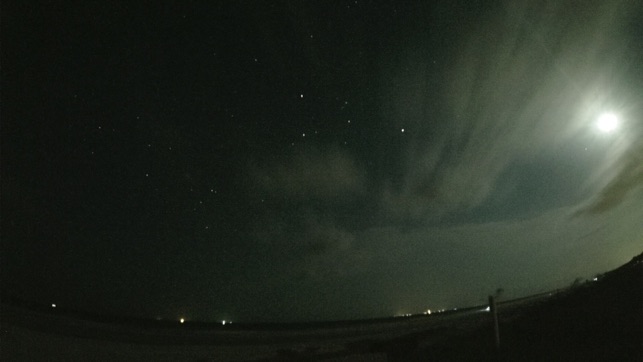
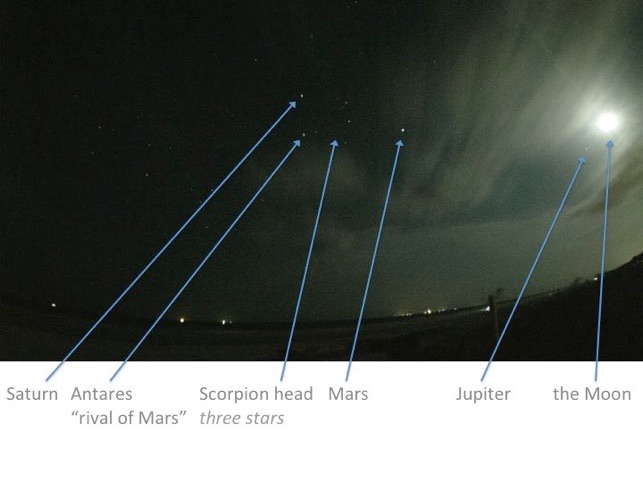
For reference, these three images / print screens, from the Distant Suns iPhone app, show diagrams / images / figures of these stars in the sky.
1) The full image above:
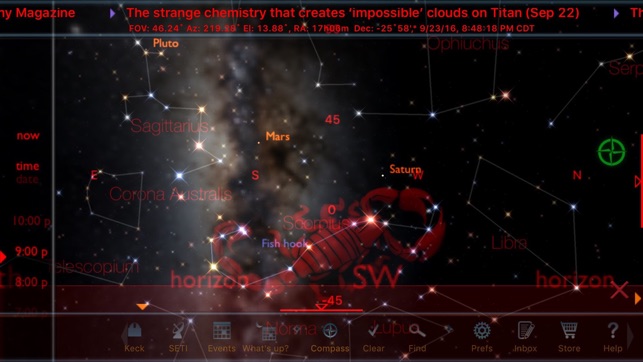
-
2)Scorpio
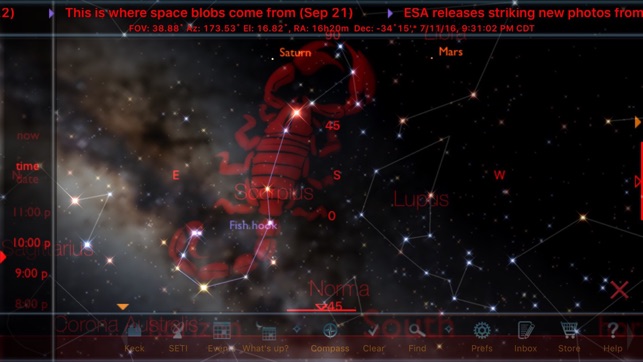
-
3)Sagittarius, the Archer (contains “The Teapot”)
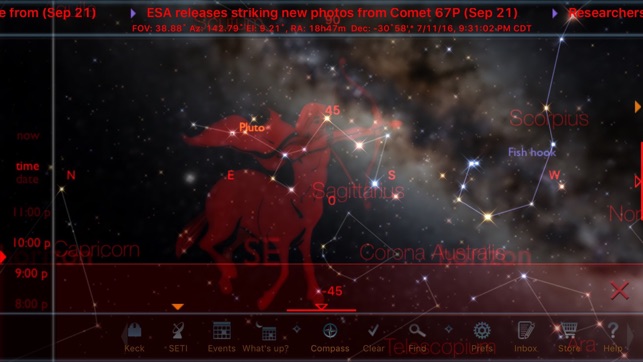
As late August approached, they lined up August 23, but that night was cloudy, so photos below are from the almost-aligned nights of August 22 and 24.
Aug. 22, 2016:
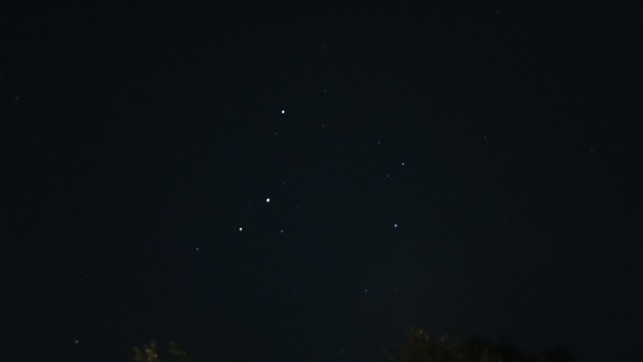
Aug. 24, 2016:
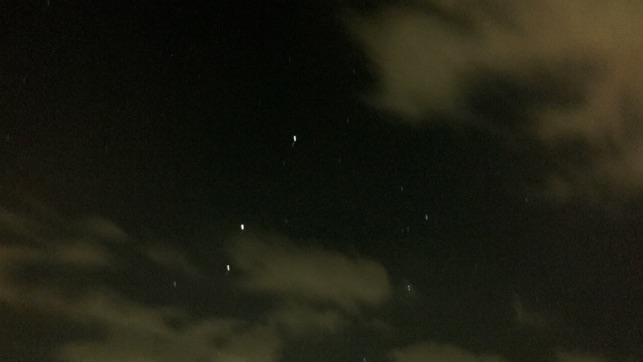
After that, Mars’ apparent motion appeared to accelerate, which was surely due in part to being so close to the two conspicuously bright objects Saturn and Antares.
The previously right-pointing triangle very quickly moved to be a left-pointing triangle.
Aug. 28, 2016
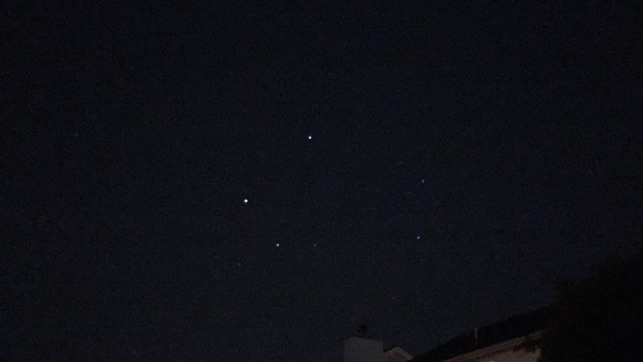
Sep. 1, 2016

I used the Instagram the Layout app: to create this combined image; all four nights, Aug. 22, 24, 28 & Sep. 1... a span of only 10 nights.
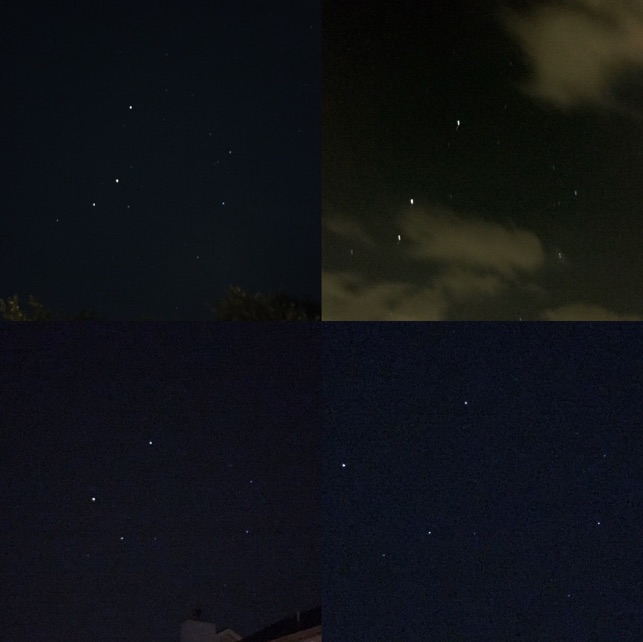
By late September, Mars was well into Sagittarius
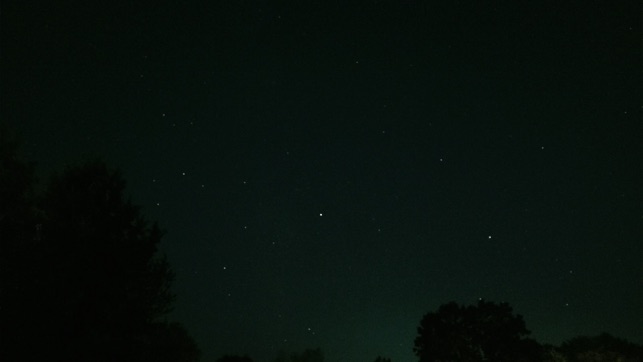
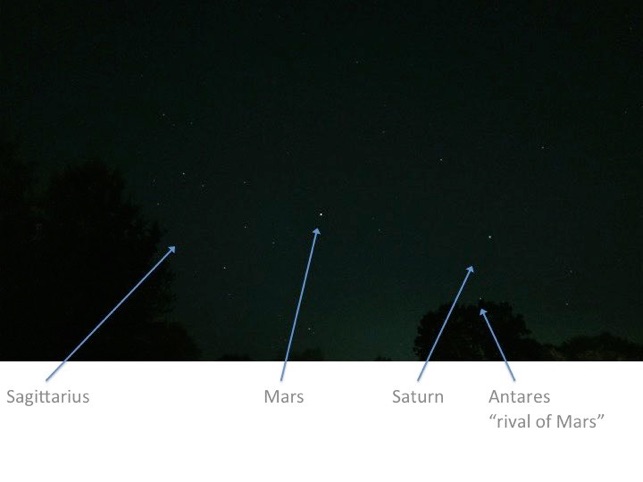
The reason for this motion is because the Earth and Mars were on the same side the sun back in May. When the Earth makes a line between the sun and another outer planet, that planet is in opposition, meaning it is opposite the Earth from the Sun.
Since then, earth is moving away from Mars, toward the other side of the sun, more quickly, as can be seen in these photos, which I scanned from Astronomy Magazine - http://www.astronomy.com, a publication of Kalmbach Publishing Co., of Milwaukee, WI - http://kalmbach.com.
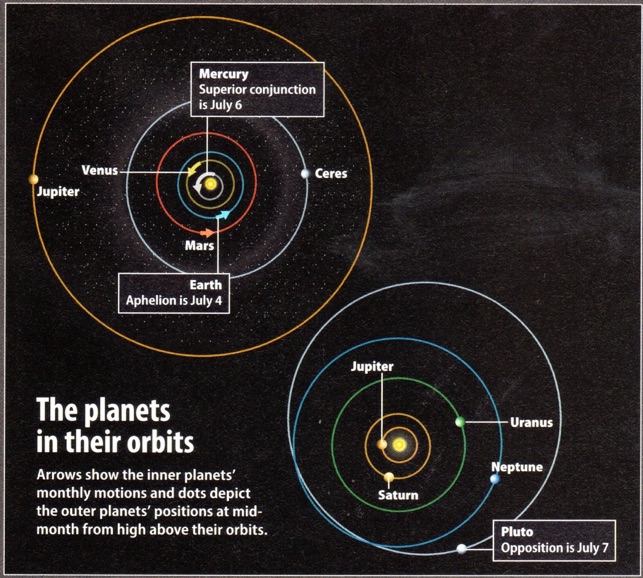
page 41 of the June, 2016 issue
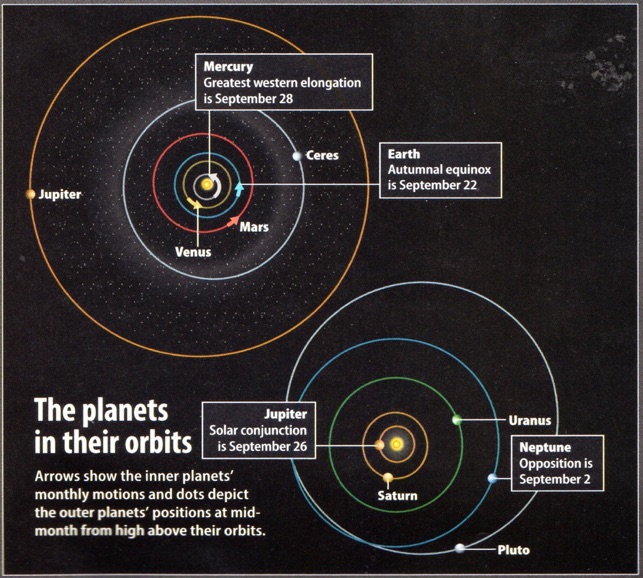
page of the August, 2016 issue
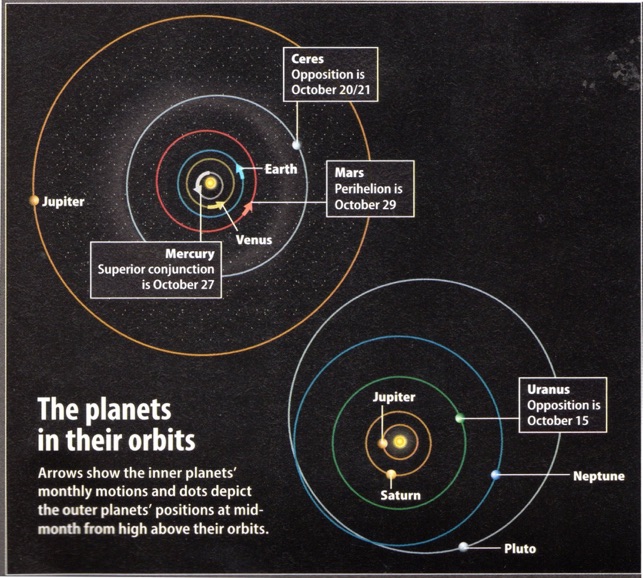
page of the September, 2016 issue
That’s all about conjunctions.
Since I had also created some related material for the Boy Scouts and Girl Scouts - information about where the Milky Way’s black hole is located, and a comparison showing how large Antares is, compared to our sun and some other well known stars.
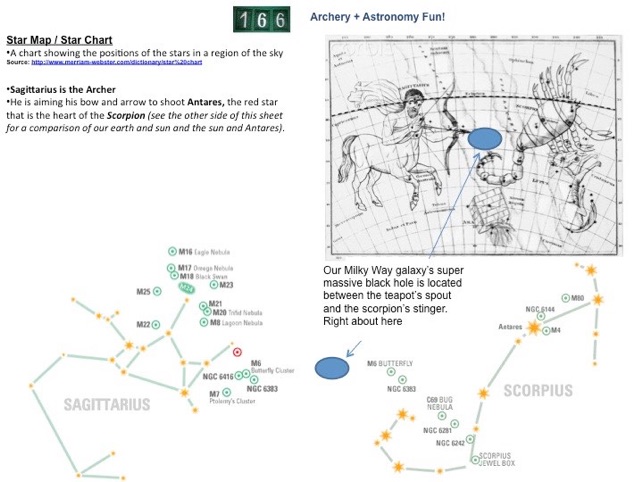
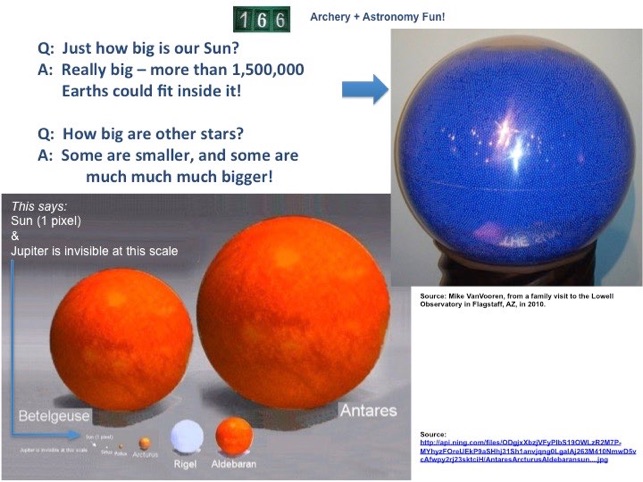



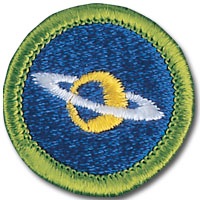
These are all of the links to the Astronomy Merit Badge pages:
Astronomy Merit Badge - Extra “Fun Facts”
Astronomy - Great American Eclipse
Astronomy - Great American Eclipse 2017

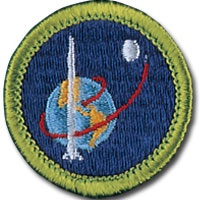
These are all of the links to the Space Exploration Merit Badge pages:
New Horizons - Mission Overview
New Horizons - Pluto Resources


The images from Mr. Berman’s “Secrets of the Night Sky...” and Outdoor Photographer were scanned directly from the book using the Halo Scanner Mouse - http://shop.halo2cloud.com/collections/computer-and-backup/products/scanner-mouse, which I received as a Christmas present from my mother in 2013.



Regardless your desire to pursue an astronomical career, it is hoped that you learned enough about astronomy through this merit badge to at least be interested to continuously look up at the sky in awe and wonder. If you pursue with enthusiastic interest, that’s great. If you do make a career in the field, GREAT.
May you be better off having completed your Astronomy Merit Badge than you were before you started.
